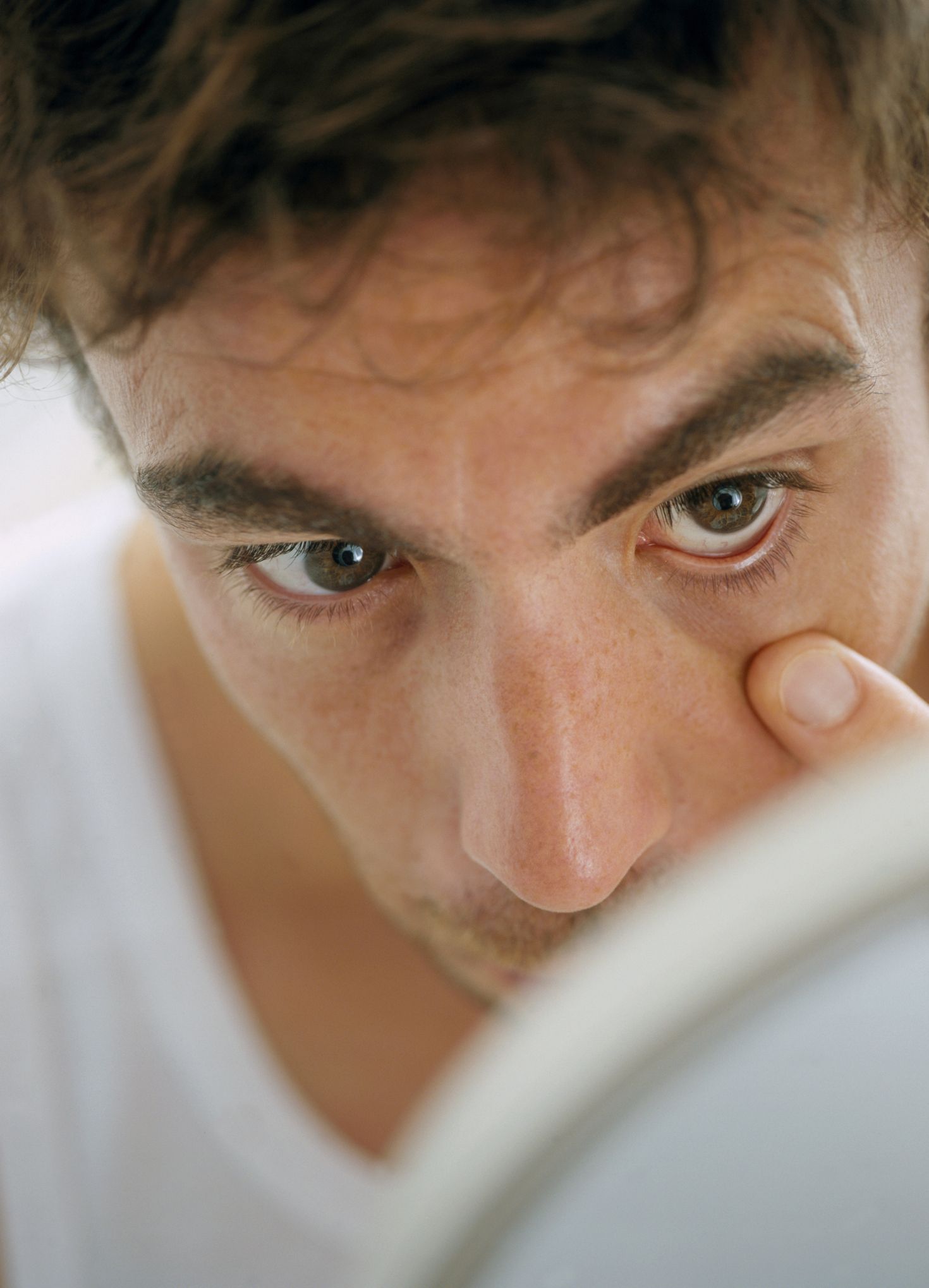

Meige’s syndrome – the person has involuntary and repetitive movements of the mouth and tongue as well as the eyelids. 
This is the more severe form of eyelid spasm that doctors refer to as blepharospasm
blepharospasm – chronic involuntary spasms or squeezing of the eyelid muscles. This flickering of the eyelids is not what doctors generally call blepharospasm (although they are a form of blepharospasm in a technical sense) Tics and twitches are common and there is no real treatment. These muscle contractions are so small that often the twitch can only be felt, but not seen. tics and twitches – many people experience brief bouts of eyelid twitching when they are tired or under stress. spasms forcing the eyelids shut for hours at a time – spasms also pull the eyebrows down towards the eyes.īlepharospasm is often graded according to its severity, which includes:. spasms occurring more frequently during the day, whether the triggers are present or not. spasms in response to particular triggers, such as fatigue or bright lights. The spasms become increasingly more pronounced and frequent as time goes by. They may have difficulties keeping their eyes open. Symptoms of blepharospasmĪ person with blepharospasm may uncontrollably blink, squint, wink, twitch or squeeze closed one or both eyes. In many cases, the symptoms of dry eye either precede blepharospasm or start at the same time, but the significance of this isn’t known. No one knows what causes the dysfunction or damage. Rarely, more than one family member is affected by blepharospasm, which suggests there may be a genetic factor involved. One theory suggests that chemical messages fail to pass from one nerve cell to another in the brain’s movement control centres (the basal ganglia, located at the brain’s base). 
Causes of blepharospasmThe causes of blepharospasm are unknown, but abnormalities in the way the brain is working are thought to be involved.

Surgery to remove the muscles is a last resort. Treatment includes paralysing the eyelid muscles with injections of the botulinum toxin (available in Australia as Botox® and Dysport® through the PBS). A person with blepharospasm may give up activities such as sports, driving or socialising for fear of ‘losing’ their eyesight to a muscular spasm. In very severe cases, the person is rendered functionally blind, because the muscular spasms force the eyelids shut, sometimes for hours. Men and women of any age can be affected, but middle-aged and older women appear to be particularly susceptible. However, most cases occur spontaneously with no apparent cause. Some of the disorders and conditions associated with blepharospasm include dry eyes and Tourette’s syndrome. Very mild and common twitching of the eyelids is usually referred to as a tic, twitch or flicker of the eyelid. In its more severe (rare) form, the person experiences squeezing and closure of the eyelids – this is the condition that doctors generally refer to as blepharospasm or benign essential blepharospasm (BEB).
#Eye twitch professional
This information is not a substitute for professional medical advice.Blepharospasm is the term used to describe involuntary movements of the eyelids. Edits to original content made by Rector and Visitors of the University of Virginia.
Eye problems (eg, blepharitis, dry eye, light sensitivity, conjunctivitis)īlepharospasm may be caused by abnormal function in the part of the brain called the basal ganglia.Ĭontent was created using EBSCO’s Health Library. Fatigue (feeling very tired or worn out). But, they are rarely caused by a disease or condition. Think you have an infection around your eye (eg, redness, swelling, discharge, fever)Įye twitches are common. Have frequent or continuous eye twitches that do not respond to home care or do not go away on their own. Have twitching that causes your eye to close or occurs with spasm in your face. If you smoke, try to smoke fewer cigarettes or to quit. Try eye drops or ointment for irritated eyes. While eye twitches will often go away on their own, you can try these steps at home: In severe cases, the twitches may also include the mouth and neck. Eyelid twitches will often go away on their own.īlepharospasm is a more severe twitch. Twitches are fast, small muscle contractions. Blepharospasm or eyelid twitch is an involuntary movement in the eyelid.








 0 kommentar(er)
0 kommentar(er)
